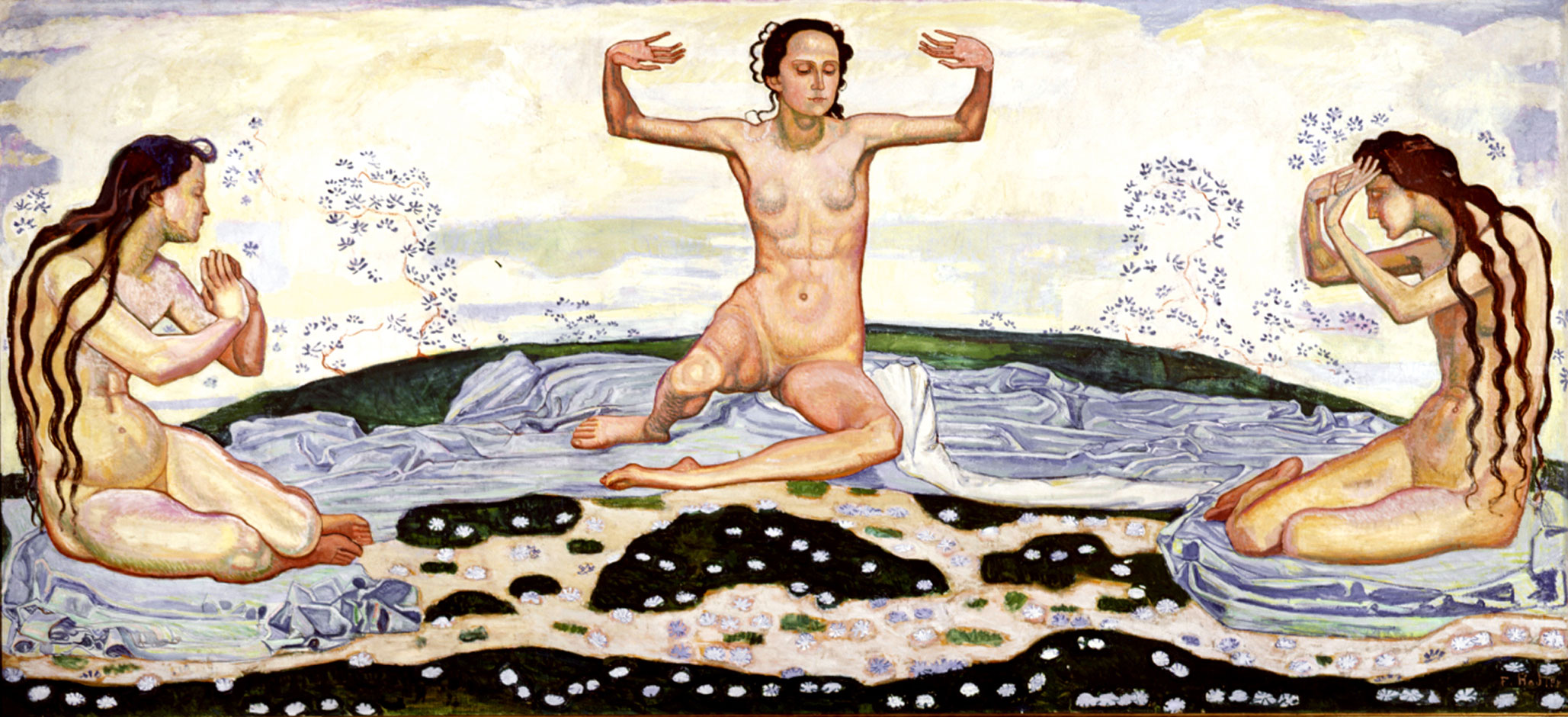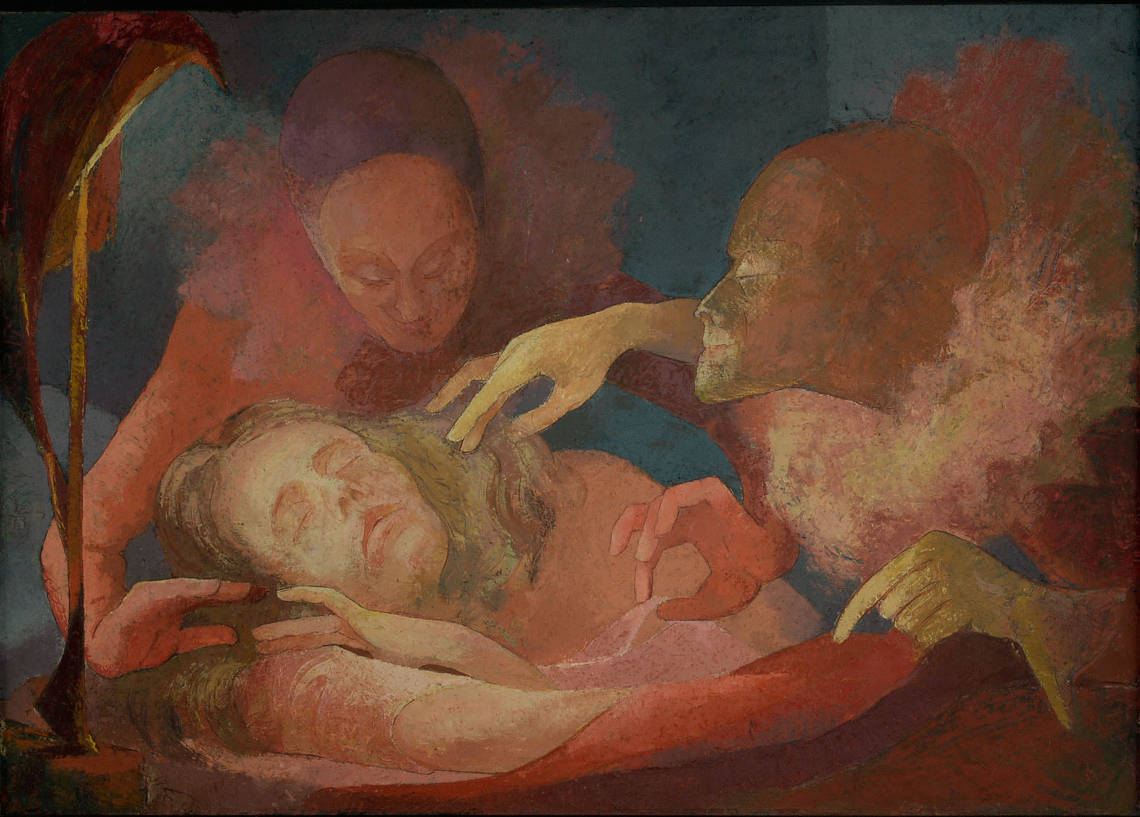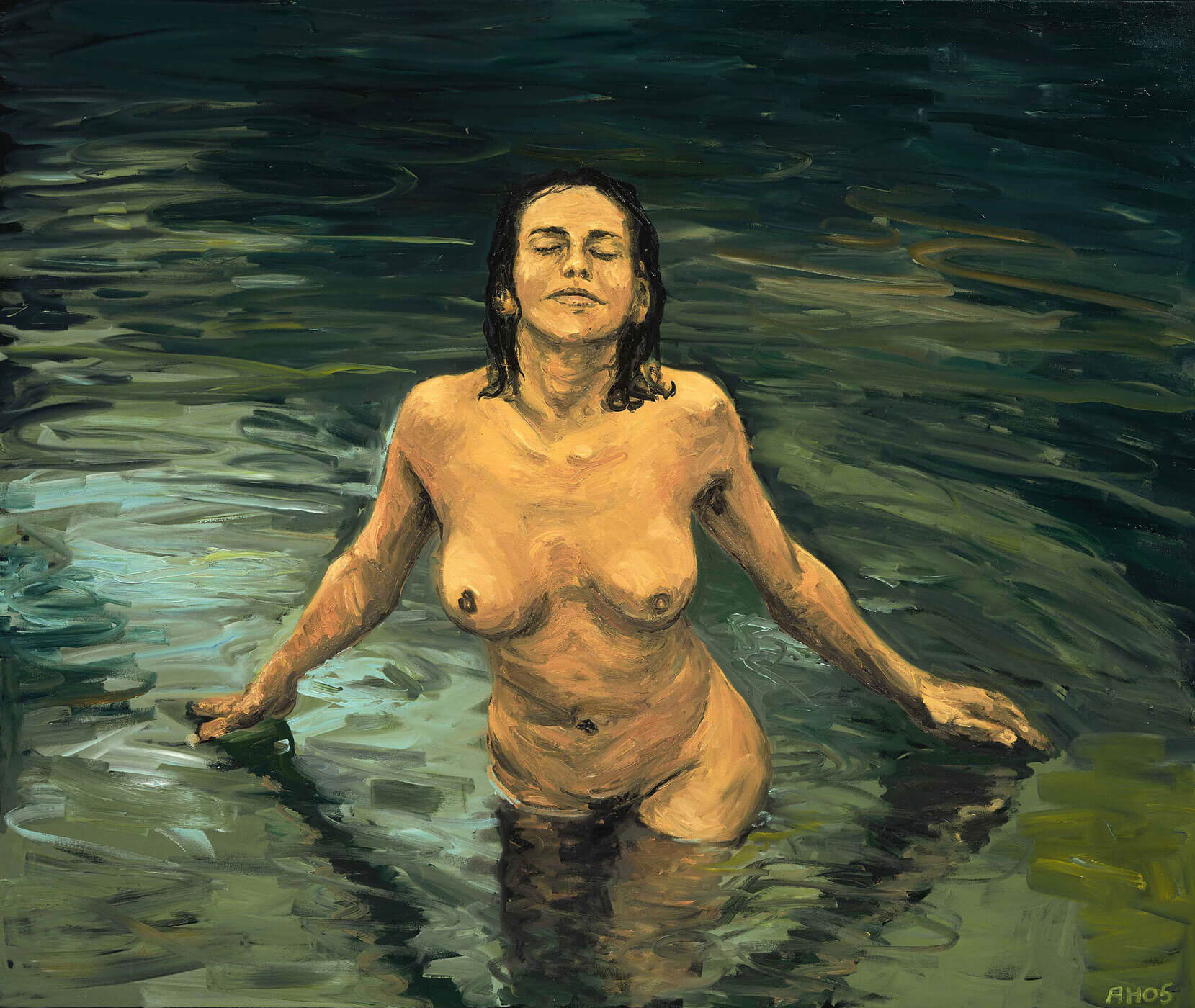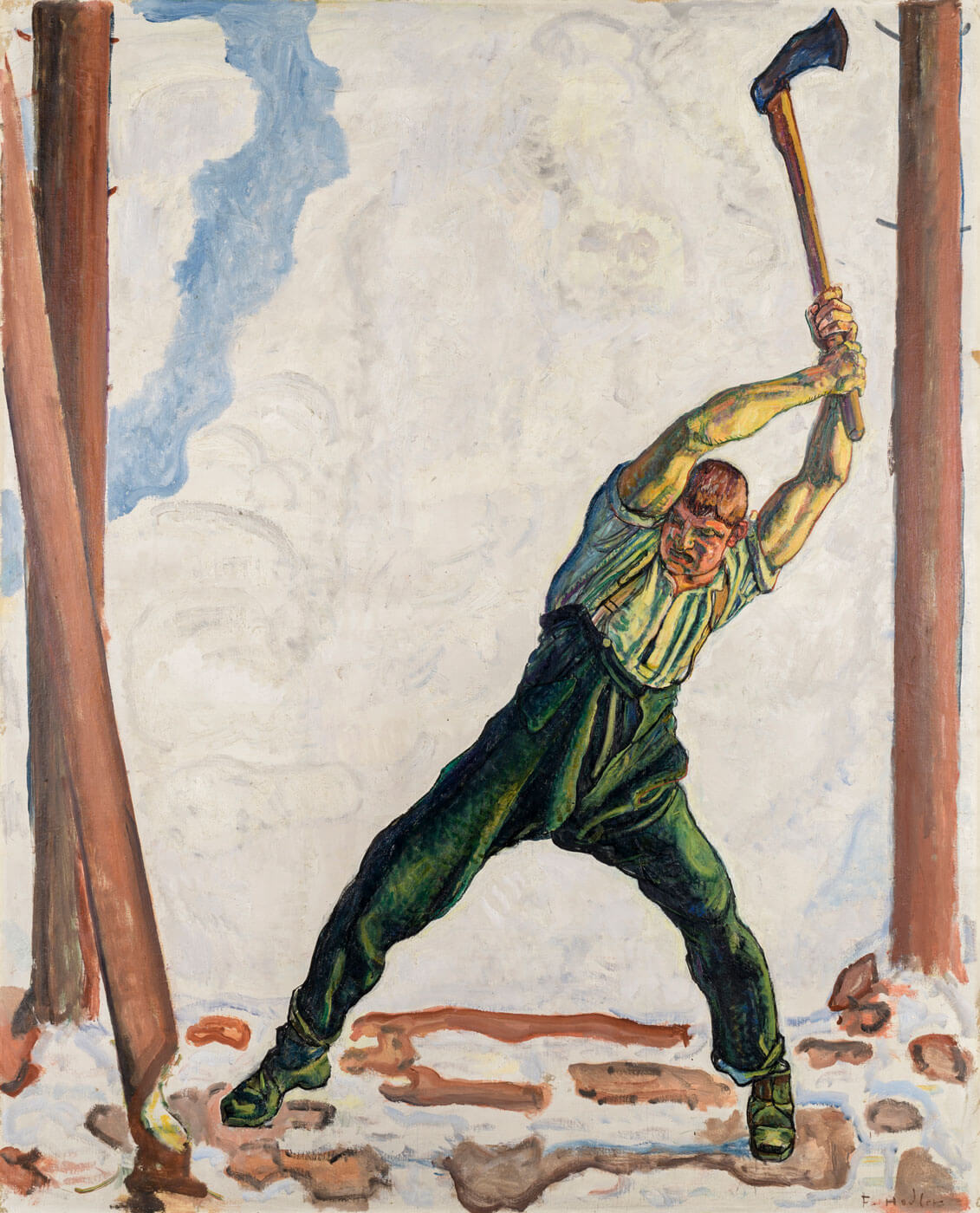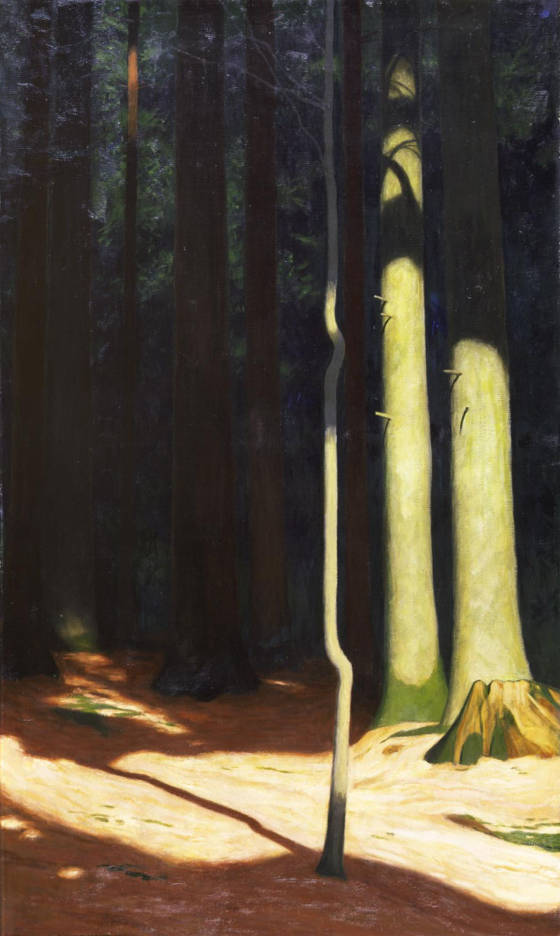Ergriffenheit
Works from the collection from Hodler to Henning
With Ferdinand Hodler, Lovis Corinth, Josef von Moos, Aristide Maillol, Félix Vallotton, Hugo Siegwart, Hans Emmenegger, Edouard Vallet, August Babberger, Fritz Huf, Mimi Langraf, Paul Wyss, Hannah Villiger, Smith/Stewart, Anton Henning, Miri Segal
Landscape, the body and emotional expression are the three essential aspects of the exhibition. In their combination and respective emphasis, they condense into phenomena of Ergriffenheit, or powerful emotion. The works exhibited deal with the fascination the Other holds for us, with erotic attraction and the battle of the sexes, with emotional demands, knowledge and elemental experience in nature.
Ferdinand Hodler (1853-1918) forms the starting-point for the exhibition. Hodler’s depictions of figures capture the zeitgeist of the period, when the naked body was being rediscovered, revealing both the confidence of the body displaying itself, while at the same making it appear threatened and vulnerable. In the paintings in the exhibition the artists expose the body in different ways, revealing it gently like Paul Wyss (1897-1984) in his painting The Dream, or putting it demonstratively on display as Anton Henning (b. 1964) does with his emerging Venus. There is a line that connects the pleasurable act of unveiling and protective veiling, between delighted revelation and pressurised concealment
Alongside works from around, the exhibition also includes very recent contemporary art. In the video projection Vapor (the poetic principle) by Miri Segal (b. 1965), the element of landscape comes to the fore. In this reduced installation, the experience of seeing is linked for the viewer with a physical experience. We see and hear the rustle of the trees, while the fan blows air into our faces and tries in this way to transport us to the location of the events. Here an elemental experience sets upon us. Our skin becomes foil, upon which the surrounding (artificial) nature delineates itself. Hans Emmenegger’s forest pieces in the previous room have already suggested that the forest itself can become a bearer of mood. This form of juxtaposition runs through all the rooms. A visit to the exhibition thus forms a route of surprising confrontations. Cross-references are produced, allowing the visitor to rediscover both familiar works from the collection of the Museum of Art Lucerne and works that have never been shown before.
curated by Chrisoph Lichtin
